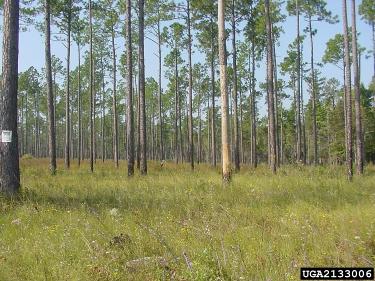Fire Regime 1: What You Should Be Doing
If you live in Fire Regime 1, you live in fire country. Fire-prone conditions occur virtually every year, and if you do not manage your land accordingly, your forest could be at risk. Forests that have grown too dense are now vulnerable to uncharacteristically severe fires, endangering timber, wildlife, the watershed and scenic values of your woodland. Fortunately, there is much you can do about it as a landowner.
One of the simplest things you can do is to maintain sufficient spacing between your trees. Thinning your forest may cost money in the short term, but it could save your woodland and it will increase the aesthetics, wildlife habitat and health of your trees. The idea is to reduce the density of the forest canopy and to break the continuity of the fuel ladder so that surface fires can’t reach the canopy.
You can also use prescribed burns in the understory to consume surface fuels. This will help reduce the probability of fire reaching the canopy, promote growth of a healthy native understory, and help recycle the nutrients currently tied up in leaves and needles, branches, shrubs, and downed wood. If you do decide to use prescribed burns, make sure you work with a trained professional who understands the risks and takes the necessary safety precautions. When done right in a Fire Regime 1 forest, prescribed burns can greatly improve the overall health of your woodland.
How can I get more tips?
It’s simple! Enter your email below.

